The Castro district in San Francisco is not just a vibrant neighborhood but a landmark of LGBTQ+ history and culture. Known for its welcoming atmosphere and historic contributions to the LGBTQ+ rights movement, the Castro symbolizes freedom, equality, and activism. From pioneering politicians like Harvey Milk to enduring annual celebrations like the San Francisco Pride Parade, the district is home to numerous iconic sites.
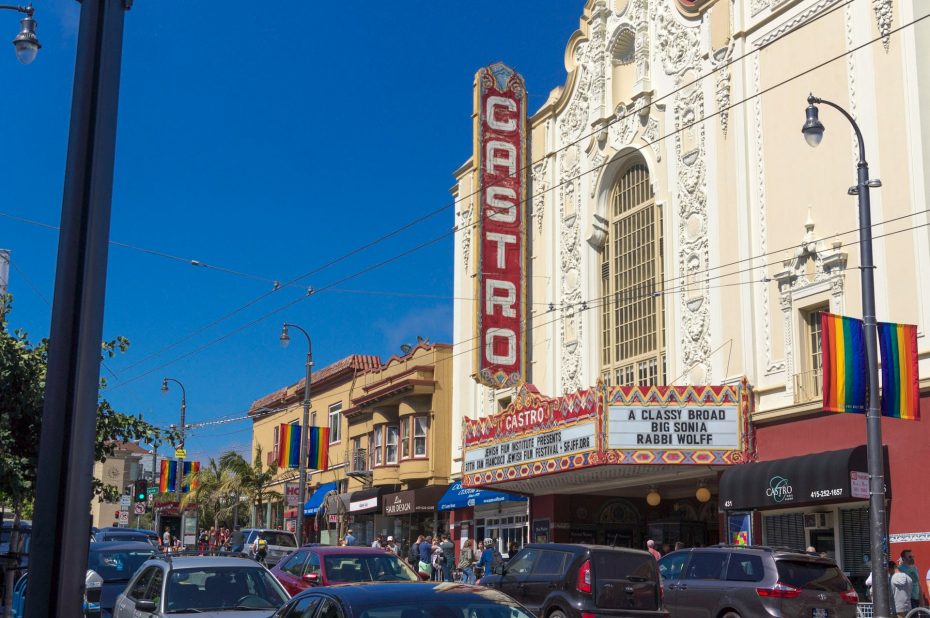
Exploring Castro’s rich past and landmarks offers an enlightening journey into LGBTQ+ heritage. In this guide, we’ll walk you through the historic locations and events that make the Castro an inspiring destination for all.
What and Where is The Castro
The Castro, also known as the Castro District, is a San Francisco neighborhood widely recognized as one of the first gay neighborhoods in the United States. Its boundaries are commonly defined by Market Street to the north, 22nd Street to the south, Eureka Street to the east, and Twin Peaks to the west.
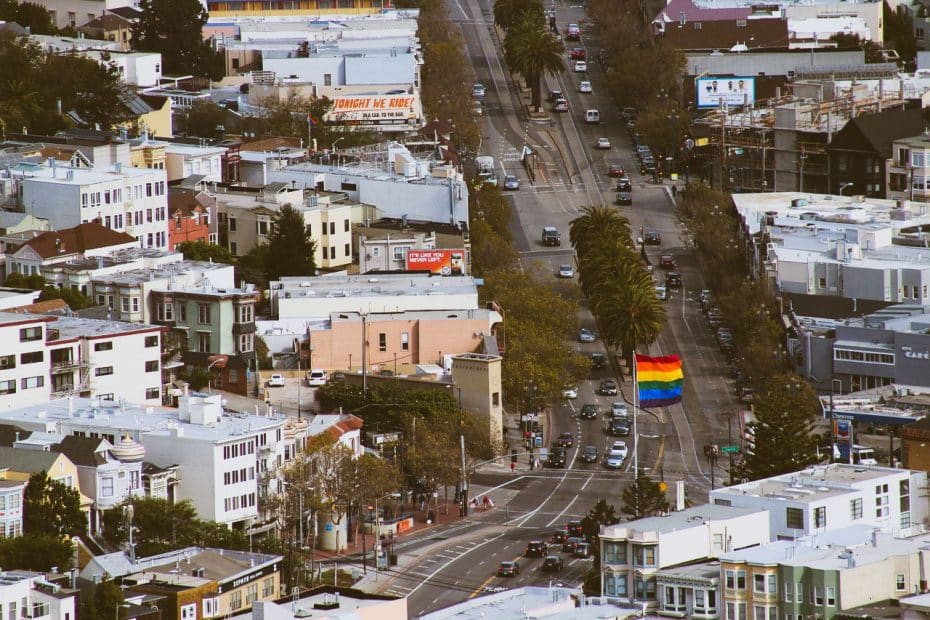
Castro Street is the centerpiece of this neighborhood. One of its prominent landmarks is the Castro Theatre, a historic movie palace that opened in 1922. Harvey Milk Plaza, named after one of the first openly gay elected officials in California, is located at the intersection of Market and Castro Streets. Other notable areas include Dolores Park and Kite Hill.
The Castro: Origins and History
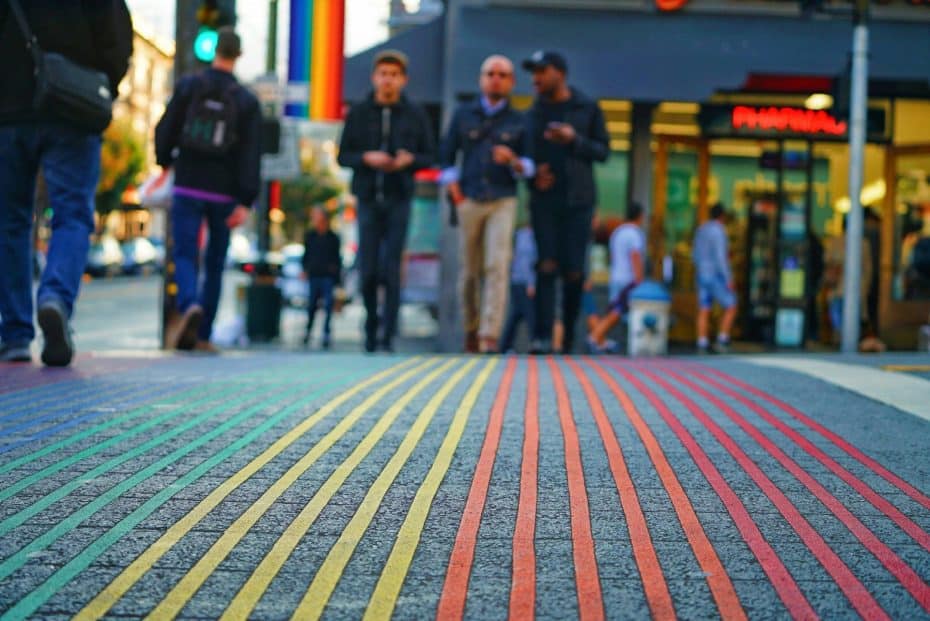
The Castro, located in San Francisco, is one of the most well-known neighborhoods in the city. Its history is deeply intertwined with its role as a gay rights and LGBTQ+ community hub. The name “Castro” derives from José Castro, a Californian political figure of the 19th century.
The area was initially called Eureka Valley and served as farmland during Spanish colonial times. In the late 1800s, as San Francisco expanded, it evolved into a working-class district populated largely by Irish immigrants. This transformation was accelerated by the arrival of the Market Street Railway in the 1880s, which provided more accessible transportation to and from downtown San Francisco.
The neighborhood experienced another significant wave of demographic change during and after World War II. Thousands of servicemen passed through San Francisco en route to the Pacific theater, introducing many young men to the city for the first time. Some returned after the war, forming early LGBTQ+ communities seeking refuge from more conservative parts of America.
By the 1960s and ’70s, the Castro had become synonymous with gay culture. Harvey Milk‘s election to public office in 1977 as one of America’s first openly gay politicians marked a watershed moment for both San Francisco and LGBTQ+ rights on a national level. Milk’s camera shop, Castro Camera, was not just a business but also served as a bustling community center.
The 1980s brought both triumph and tragedy to the Castro. The rise of the AIDS epidemic had a devastating impact on its residents, claiming many lives but also galvanizing activism and solidarity within and beyond its borders. Memorials like the Rainbow Honor Walk commemorate key figures in LGBTQ+ history and culture.
Architecturally, the Castro boasts Victorian houses known as “painted ladies.” These homes have been preserved meticulously over decades despite urban development pressures. The Castro Theatre, an iconic movie palace built in 1922 with a distinctive Spanish Colonial Baroque façade, remains a focal point for cultural events.
While gentrification poses challenges today, it has not eroded the neighborhood’s core identity or legacy as an LGBTQ+ haven. Public art installations like rainbow crosswalks and annual events like Pride continue to draw attention.
Iconic Sites to See in the Castro
The Castro district in San Francisco is known for its iconic sites that highlight its rich history and cultural importance. Here are some key locations to explore in the area:
The Castro Theatre
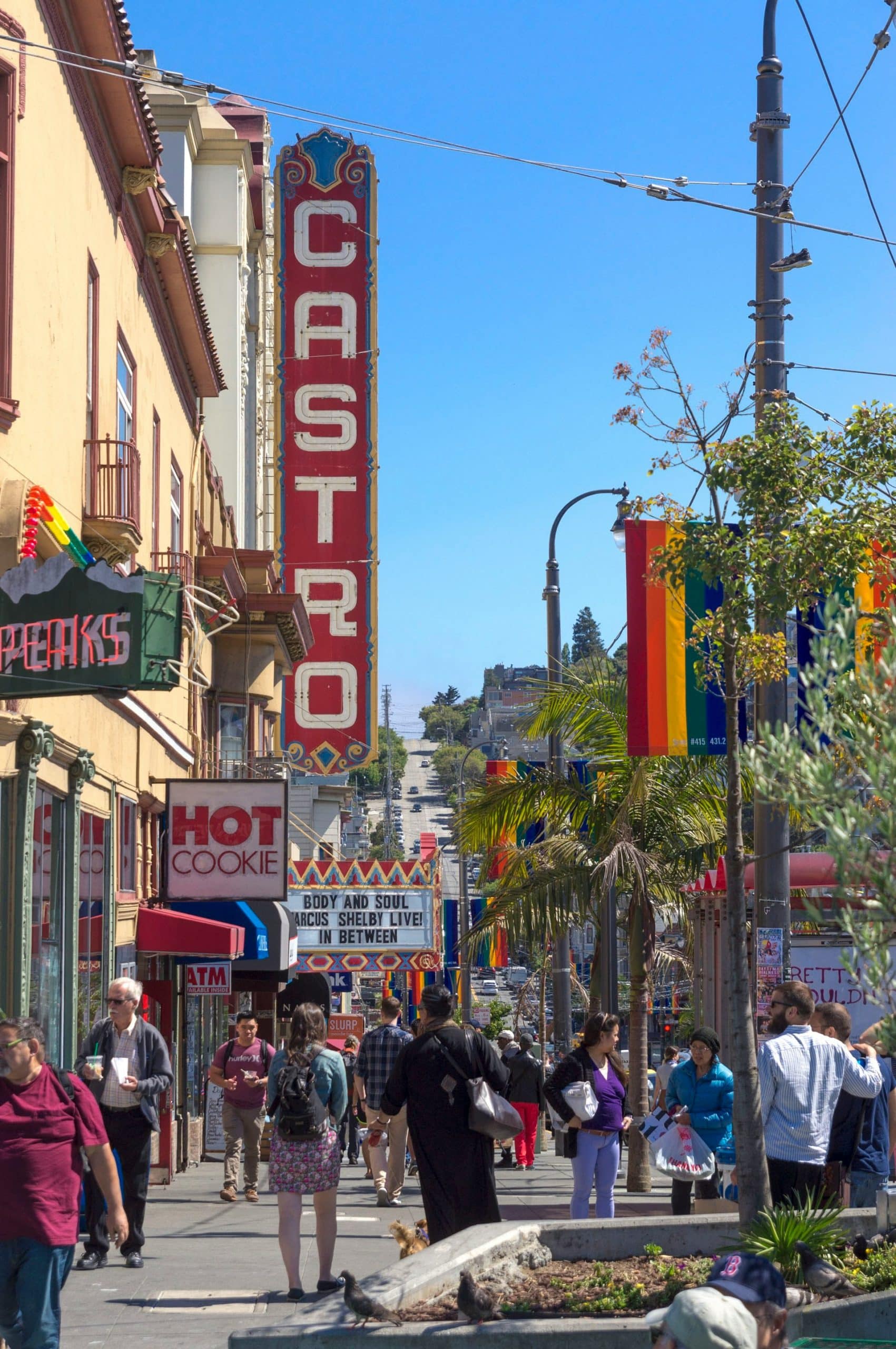
Constructed in 1922, the Castro Theatre is an iconic movie palace with Spanish Colonial Baroque architecture. Timothy L. Pflueger designed it, incorporating intricate details like the grand neon marquee and the stunning interior, featuring an ornate ceiling and lavish decorations. The theatre hosts film festivals, sing-alongs, and special screenings that cater to a wide audience. It remains a vibrant part of the community’s cultural fabric.
Harvey Milk’s Residence and Camera Shop
Harvey Milk, a pioneering figure in the fight for LGBTQ+ rights, lived and operated his camera shop at 575 Castro Street. This location served as his residence and the headquarters for his political campaigns. Milk became one of the first openly gay officials elected in California, and his legacy continues to inspire. The site is now home to the Human Rights Campaign Action Center and Store, where visitors can learn more about Milk’s life and activism.
The Rainbow Honor Walk
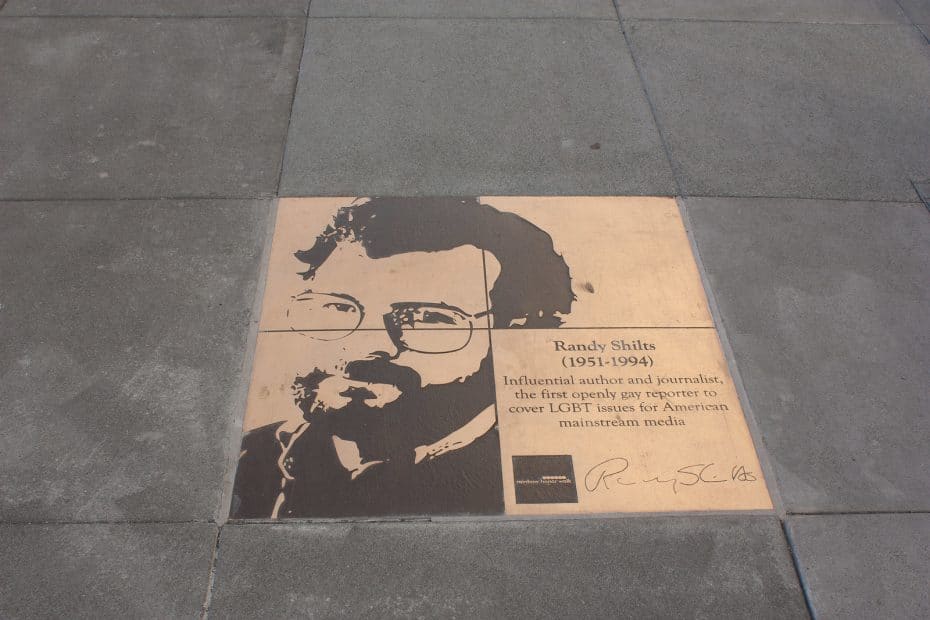
The Rainbow Honor Walk is a series of bronze plaques embedded in the sidewalks along Castro Street and Market Street. These plaques honor LGBTQ+ individuals who have made significant contributions to society in various fields, such as arts, politics, science, and sports. Each plaque includes a brief biography and serves as a tribute to those who have championed equality and diversity. Notable names featured include Oscar Wilde, Frida Kahlo, and James Baldwin.
Pink Triangle Park and Memorial
Located at the intersection of Market Street and 17th Street, Pink Triangle Park and Memorial is dedicated to the memory of the thousands of LGBTQ+ individuals who the Nazis persecuted during World War II. The park features 15 triangular granite towers set in a triangular layout, symbolizing the pink triangles that were used to mark gay people in concentration camps. It stands as a solemn reminder of past injustices and a call to continue fighting for human rights.
Dolores Park
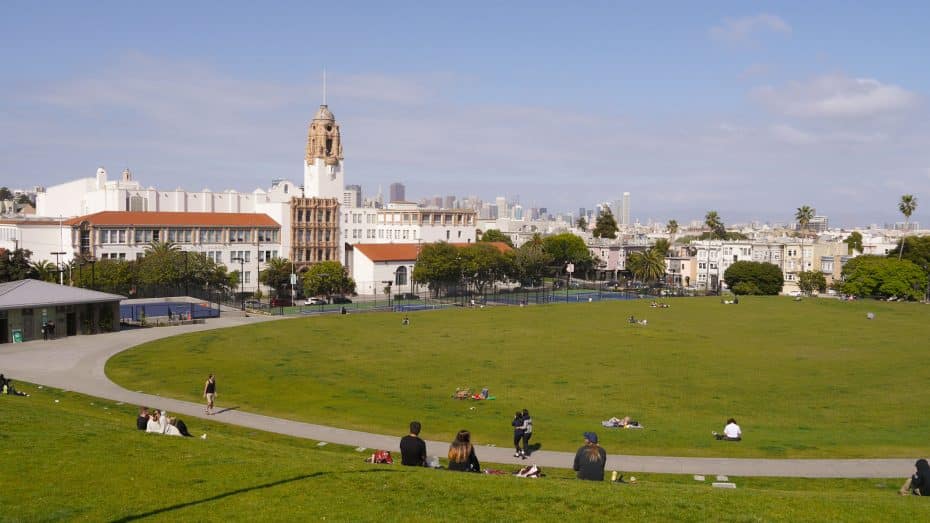
While not technically within the confines of the Castro, Dolores Park offers a scenic retreat nearby. Known for its expansive green lawns and panoramic city views, it’s a popular spot for relaxation and outdoor activities. The park features tennis courts, a playground, and several picnic areas. It is also a favored location for various events and gatherings throughout the year. Access Points to public transportation make it convenient to reach from the Castro neighborhood.
These landmarks offer an insightful look into the historical and cultural landscape of the Castro district.
Annual Celebrations and Events in the Castro
San Francisco Pride Parade
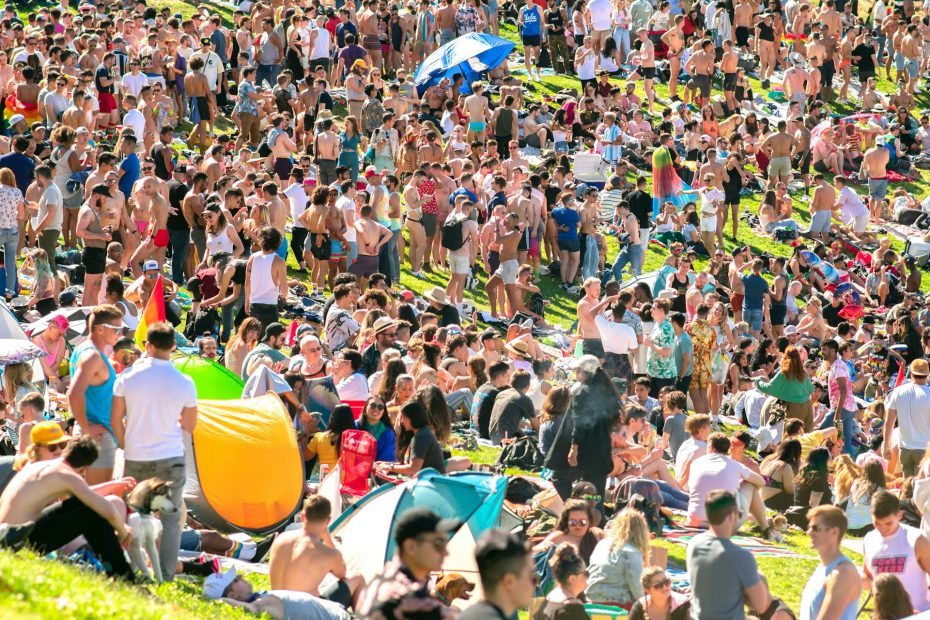
The San Francisco Pride Parade is one of the largest and most well-known Pride events in the world. Held annually on the last weekend of June, this event celebrates LGBTQ+ rights and community. The parade features a variety of participants, including decorated floats, marching bands, dance troupes, and local organizations. Notably, it extends from Beale Street along Market Street to 8th Street, where the main celebration occurs. Numerous activities commence on Civic Center Plaza, where stages host live performances and advocacy booths provide information on LGBTQ+ rights and initiatives. The history of this parade stretches back to 1970, marking it as a monumental event.
Castro Street Fair
The Castro Street Fair is an annual event on the first Sunday in October. This event was founded by Harvey Milk in 1974 to promote local businesses and foster a sense of community within the Castro District. The fair transforms several blocks into vibrant spaces filled with art vendors, craftspeople, live entertainment, and food stalls offering a wide range of cuisine. Main stages host performances by musicians, drag artists, and dancers throughout the day. Additionally, informational booths are available for those interested in learning more about local services and community groups. This fair serves as an entertainment venue and a reminder of Harvey Milk’s legacy and his efforts to support LGBTQ+ communities through advocacy and economic development initiatives.
Tips for Visiting the Castro in San Francisco
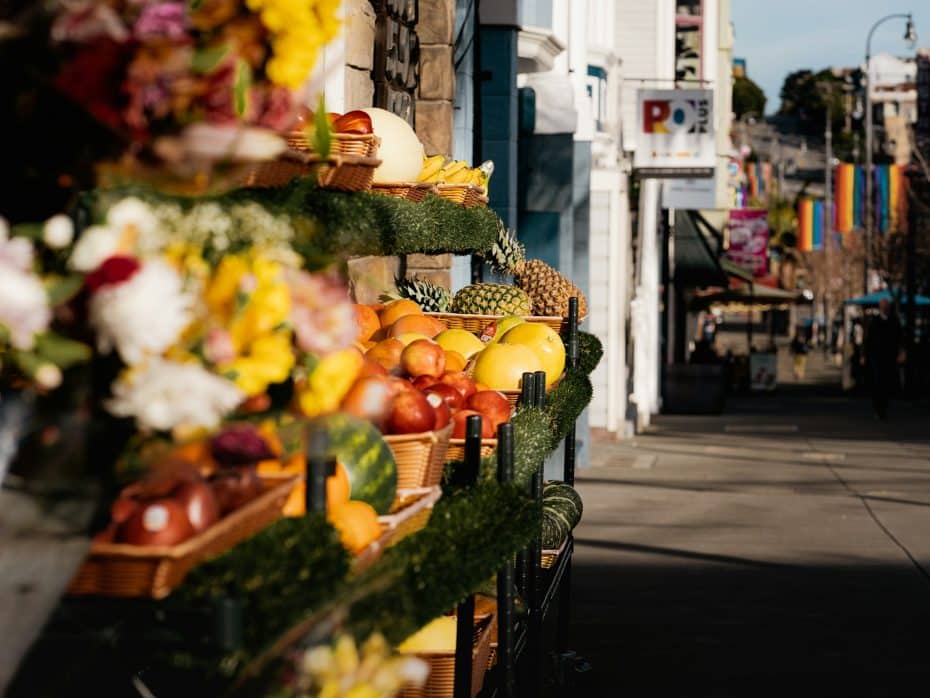
Visiting the Castro district in San Francisco offers a chance to explore its rich cultural and historical context, primarily known for its significance to the LGBTQ+ community.
- Harvey Milk Plaza and Castro Theatre: Start your visit at Harvey Milk Plaza, named after the first openly gay elected official in California. The nearby Castro Theatre is an iconic 1920s movie palace often featuring classic films and sing-alongs.
- The GLBT Historical Society Museum: Located on 18th Street, this museum provides an extensive look into the struggles and triumphs of the LGBTQ+ community. Exhibits cover everything from the early activism days to contemporary issues.
- Walk Along Castro Street: The main thoroughfare, Castro Street, is home to rainbow flags, signifying pride and equality. It also has shops selling LGBTQ+ literature, memorabilia, and fashion.
- Dining Options: Consider Twin Peaks Tavern, one of the first gay bars with windows that allowed patrons to be seen by passersby when many LGBTQ+ establishments were hidden. Also worth visiting is Hot Cookie on Castro Street where you can try their famous cookies along with some quirky LGBT-themed treats. See the top restaurants in the Castro.
- Nightlife: If interested in nightlife, places like The Cafe offer dance floors and themed nights. Alternatively, head to Moby Dick bar for a more relaxed atmosphere and pinball machines. See the top bars and clubs in the Castro.
- Street Art and Murals: Pay attention to the vibrant street art and murals throughout the neighborhood, which depict figures such as Harvey Milk and other icons of LGBTQ+ history.
- Public Transportation: The area is accessible via MUNI Metro (Lines K, L, M), with stops directly at Castro Street Station. If driving, be aware that parking can be challenging due to the narrow streets and limited parking spaces.
- Safety Tips: Like any urban area, stay aware of your surroundings especially late at night. While it’s generally safe, precautionary measures are always wise.
Accommodation in Castro: Top Hotels
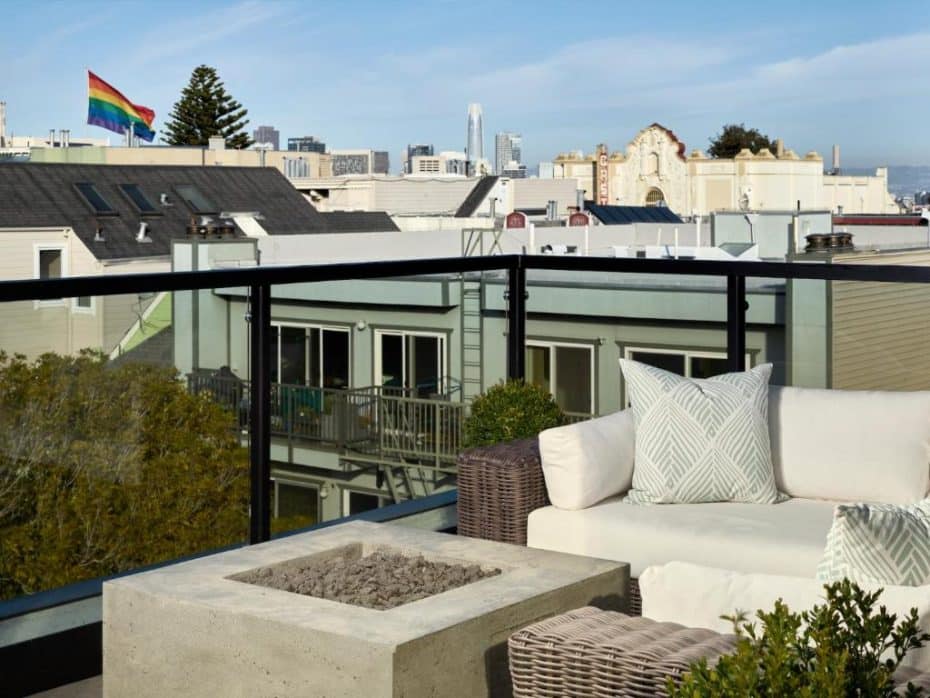
The Castro District in San Francisco is famous for its vibrant culture and historical value, particularly within the LGBTQ+ community. Accommodations here range from boutique hotels to short-term rentals, all of which feature a mix of architectural styles, primarily Victorian and Edwardian houses that reflect the neighborhood’s history.
Hotels like the Parker Guest House offer bed-and-breakfast experiences with personalized services and an intimate setting.
For those preferring short-term rentals, platforms like Vrbo provide numerous options, from entire apartments to private rooms. Locations near Dolores Park are particularly desirable due to their proximity to recreational spaces and bustling commercial areas on Castro Street, where a variety of restaurants, shops, and bars can be found.



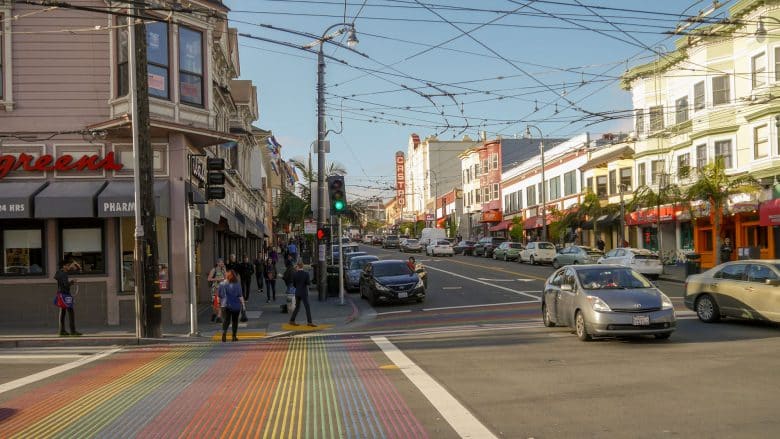
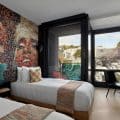
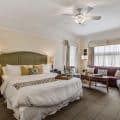
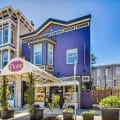
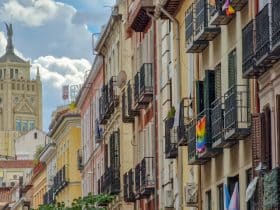
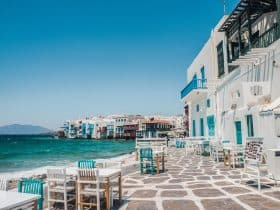

















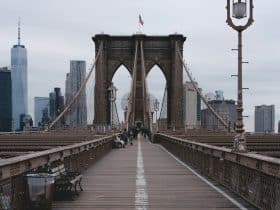
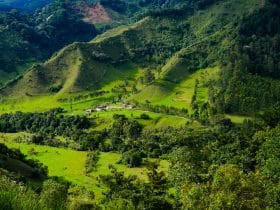

Leave a Reply
View Comments